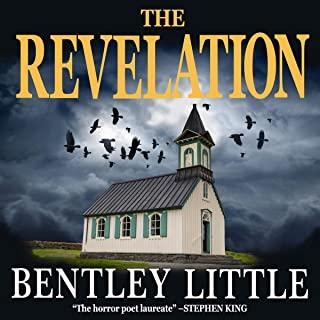
Anglo-Saxon England, prior to the Norman Conquest, was a land of saints. From St. Bede, with his history of the early Church, to the holy king St. Edward the Confessor, Saxon England was ablaze with the light of Christ. During the reign of St. Edward, a vision of the Virgin at Walsingham placed the Mother of God on the throne as England's queen, the land being considered her dowry. Even following the Norman Conquest, the Faith continued to flourish and prosper, making its joyful presence felt in what would become known as Merrie England.
Then in the sixteenth century, this Catholic heart was ripped from the people of England, against their will and in spite of their spirited and heroic resistance, by the reign of the Tudors. This made England once again a land of saints--that is, of martyrs, with Catholic priests and laity being put to death for practicing the Faith. The martyrdoms would continue for 150 years, followed by a further 150 years of legal and political persecution.
In the nineteenth century, against all the odds, there was a great Catholic revival, heralded by the conversion of St. John Henry Newman, which would continue into the twentieth century. Much of the greatest literature of the past century has been written by literary converts to the Church, such as G. K. Chesterton, Evelyn Waugh, Graham Greene, and J. R. R. Tolkien.
This whole exciting, faith-filled story is told by Joseph Pearce within a single-volume history of "true England", the England that remained true to the faith through thick and thin, in times both "merrie" and perilous. It is a story not only worth telling but worth celebrating.







